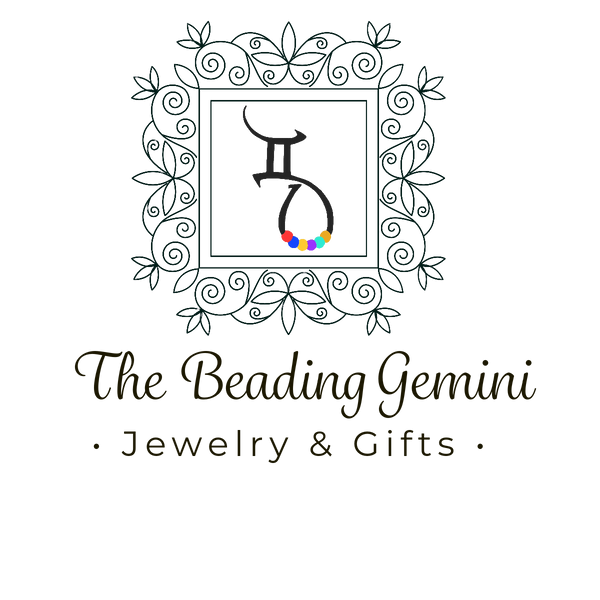
August’s Birthstone Peridot
Often mistaken for other green gemstones like Topaz or Emeralds, Peridot is the gemstone associated with the month of August. The word “peridot” comes from the Arabic faridat, meaning gem. With a hardness of 6.5 to 7 on the Mohs scale of hardness, peridot is softer than many gems and cannot take hard wear, so it is not recommended for daily use in a ring. This August birthstone can also be damaged by some acids and even by long-term exposure to acidic perspiration.
Peridot is formed under extreme conditions, as it can be found in the hardened lava that carried it from deep within Earth’s mantle as well as in meteorites that traveled from outer space. The color of Peridot is a yellowish green to greenish yellow gem variety of the mineral olivine. Arizona is one of the main sources of this August birthstone in the United States. Massive volcanic eruptions many thousands of years ago sent rivers of lava spilling across the desert landscape of what is today the San Carlos Apache Indian Reservation, where some Apache families have worked the mines for decades. Rarely, peridot can have an extraterrestrial source, being contained in meteorites that have fallen to earth. In 2005, peridot was found in comet dust brought back from the Stardust robotic space probe.
Peridot has always been associated with light. In fact, the Egyptians called it the “gem of the sun.” Some believed that it protected its owner from “terrors of the night,” especially when it was set in gold. Others strung the gems on donkey hair and tied them around their left arms to ward off evil spirits. Early records indicate that the ancient Egyptians mined a beautiful green gem on an island in the Red Sea called Topazios, now known as St. John’s Island or Zabargad. Legend has it that the island was infested with snakes, making mining unpleasant until an enterprising pharaoh drove them into the sea. From the earliest times, people confused this stone—now known to be peridot—with other gems. It was one of many labeled as “topaz.” Some historians believe that Cleopatra’s famous emerald collection might have been peridot. People in medieval times continued to confuse peridot with emerald. For centuries, people believed the fabulous 200-ct. gems adorning the shrine of the Three Holy Kings in Germany’s Cologne Cathedral were emeralds. They are, in fact, peridots.
Known as the stone of compassion, peridot is believed to bring good health, restful sleep, and peace to relationships by balancing emotions and mind. This friendly bright green stone also has the uncanny ability to inspire eloquence and creativity; it also brings delight and good cheer. It attracts love and calms anger by giving renewal to all things. Peridot is the gem given to celebrate a 16th wedding anniversary.
Because Peridots are softer than other gems cleaning them is a delicate process. Never use a steam or ultrasonic cleaner, as your peridot birthstone is vulnerable to thermal shock. It is safest to use a soft-bristle brush with mild dish soap in warm water. Peridot should be stored with care to avoid scratching by gems with greater hardness.
